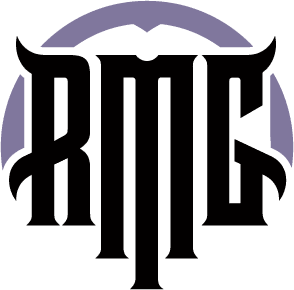Digital Transformation Today
Digital transformation is about leveraging digital technologies to change how people work, live, shop, learn, communicate and bank. This includes everything from improving existing products and services to creating entirely new ones
The term "digital transformation" has been used since the 1990s, but it wasn't until 2013 that the concept gained momentum. In fact, according to Forrester Research, nearly half (45%) of large enterprises are now planning to invest $1 billion or more in digital transformation over the next three years
This shift is driven primarily by customers' demands for better products and services, coupled with the growing importance of mobile devices, social media, cloud computing, big data analytics, and the Internet of Things (IoT)
Customer Expectations Drive Digital Transformation
Customers want what they want when they want it, and they want it now. They're no longer satisfied with a few weeks or months of waiting for a product or service. As such, businesses must respond quickly to customer needs and expectations, and they must adapt to changes in consumer behavior
In addition, customers are increasingly expecting businesses to provide a seamless, personalized user experience across multiple channels. They expect to engage with brands via multiple touchpoints, including online, mobile apps, physical stores, and call centers. They want to interact with a business or organization anywhere and anytime, regardless of device type or location
To compete effectively, businesses must take advantage of opportunities presented by digital technologies. These include faster innovation cycles, increased agility, lower costs, greater efficiency, and improved productivity


